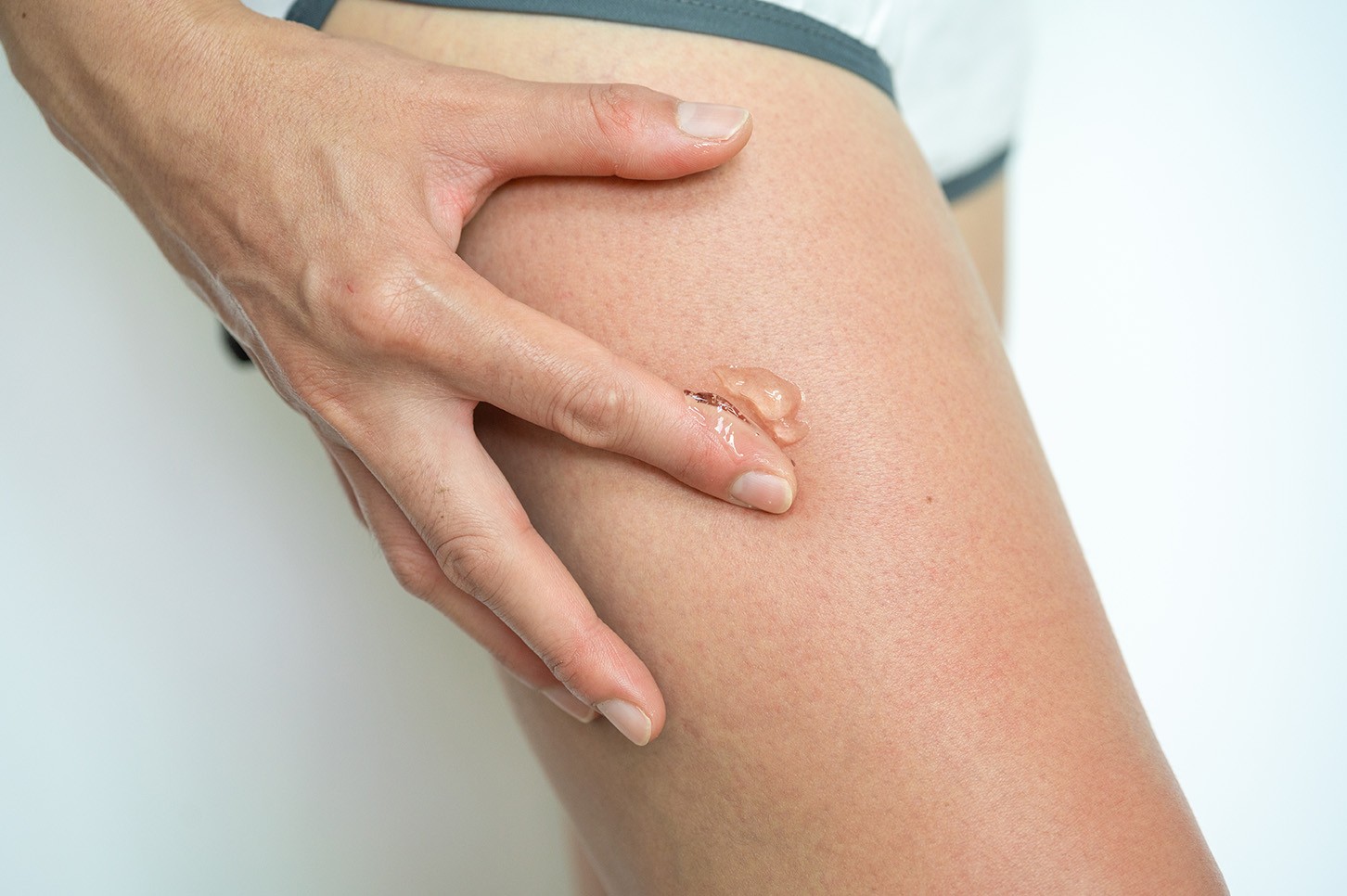Understanding AndroFeme, Tostran and Testogel for improving symptoms of testosterone deficiency
• Replacement testosterone can improve many symptoms as well as improve future health
• Testosterone gels and cream contain the same, body identical testosterone that your body produces
• Understand the benefits and potential side effects of testosterone replacement
Testosterone is an important hormone for women, and levels usually start to reduce in your late 20s or early 30s. Symptoms of testosterone deficiency include reduced libido and sexual arousal, low mood, less energy, poor concentration, reduced strength and low stamina. Poor sleep, muscle and joint paints, headaches, urinary symptoms, vaginal dryness and soreness, dry eyes and generalised pains can also be symptoms of low testosterone. Testosterone can be prescribed to improve these symptoms - it works by replacing the missing testosterone that is lost.
A Newson Research study found cognition and mood symptoms improved following testosterone replacement [1]. More Newson Research found taking testosterone and HRT may help perimenopausal and menopausal women either reduce or discontinue taking antidepressants and anti-anxiety medications for negative mood symptoms [2].
There are also health benefits of taking testosterone, including lower future risk of osteoporosis, heart disease, dementia and diabetes. There is more evidence in men than women but this does not mean does testosterone is not beneficial in women.
Testosterone can be given through your skin or as an implant. Testosterone is a type of systemic HRT, which means when the gel or cream is applied to your skin, it releases testosterone directly into your bloodstream where it travels through your entire body to relieve symptoms.
RELATED: The importance of testosterone for women
What types of testosterone gel and cream are available?
Brands such as Androfeme, Tostran and Testogel all contain testosterone that is identical to that produced in your ovaries, adrenal glands and brain.
Tostran and Testogel is made for and licensed for men but can be prescribed off license for, and safely used by, women. AndroFeme is formulated specifically for women and in the UK, it became licensed for use in August 2025. It is also licensed in Australia, New Zealand and South Africa (where it is known by the brand name TestaFeme).
AndroFeme is a 1% cream in a 50ml tube.
Testogel comes in 2.5g sachets containing 40.5mg testosterone.
Tostran is a 2% gel that comes in a pump pack - one measured pump contains 10mg testosterone.
RELATED: Testosterone for women: benefits, science & live Q&A
What are the benefits of testosterone gel and cream?
Testosterone works by restoring levels to the normal female range. It can take a few months to feel the full benefits, but these can include: increased libido and sexual arousal levels; improved energy and stamina; improved muscle mass and strength; improved concentration, clarity of thought and memory; and improved sleep.
RELATED: Beyond libido: testosterone helps mood and cognition symptoms during menopause
What are the disadvantages of testosterone gel and cream?
Because Tostran and Testogel are licensed for men, who use higher doses than women, the preparations can be awkward to use. For instance, Testogel comes in a sachet that women need to split into lower doses, which can be fiddly and tricky to get consistent amounts each day. The starting dose of Tostran for women is often 5mg a day but one measure pump contains 10mg so women usually apply half a pump each day, which may not give such consistent benefits.
AndroFeme is licensed for women so easier to use, but it is more expensive and inclusion on the NHS has yet to be confirmed.
Implants are not licensed and their absorption is really variable with some women having very high levels in their bodies. They are often expensive too.
Can I expect any side effects?
Some women notice increased hair growth in the area in which they have rubbed the gel or cream - this can often be avoided by rubbing it into places with few hair follicles (upper outer thighs and buttocks are the recommended sites) and regularly changing the area of skin on which you rub it in. Although some women worry that testosterone may increase the risk of developing facial hair, voice deepening or skin changes, this is not usually the case as the dose is so low and kept within the normal range for women.
How do I use testosterone gel and cream?
AndroFeme comes in a tube and a syringe is supplied. You pull out your dose (0.5ml is the starting dose for most women but follow your healthcare professional’s guidance)
Testogel comes in a sachet that needs to be split into lower doses (usually around eight doses from one sachet but your healthcare professional will advise you).
Tostran comes in a pump pack - your healthcare professional will advise you on your dose, but it is usually half a pump every day.
For all these gels and cream, rub the product into your skin like a moisturiser. It is then absorbed directly into your bloodstream. Apply to your upper outer thigh, abdomen or buttocks once daily, and rotate where you apply it each time to help reduce hair growth that can occur at the application site.
What else do I need to know?
Your symptoms are helpful as a guide for your healthcare professional to agree to prescribe testosterone - it is useful to keep a symptoms tracker ahead of your discussion. You are likely to be advised to have a blood test to confirm your testosterone level before starting treatment.
Blood tests are also recommended a few months after starting testosterone treatment to ensure your levels are within the ‘female’ range. The dosage will be adjusted accordingly, depending on both your levels and whether you have ongoing symptoms of low testosterone. Once stable, blood tests are usually repeated on an annual basis.
Testosterone can be prescribed with or without HRT.
RELATED: HRT easy prescribing guide
Vaginal hormones, including estrogen and prasterone, can be taken – instead of or as well as – testosterone (and HRT) and can help alleviate symptoms associated with Genitourinary Syndrome of the Menopause (GSM), including vaginal dryness, discomfort or pain during sex, irritation or burning of the vulva or vagina, needing to go to the toilet more often and feeling very desperate to go, and urinary tract infections such as cystitis.
RELATED: Vaginal hormones: what you need to know
Resources














